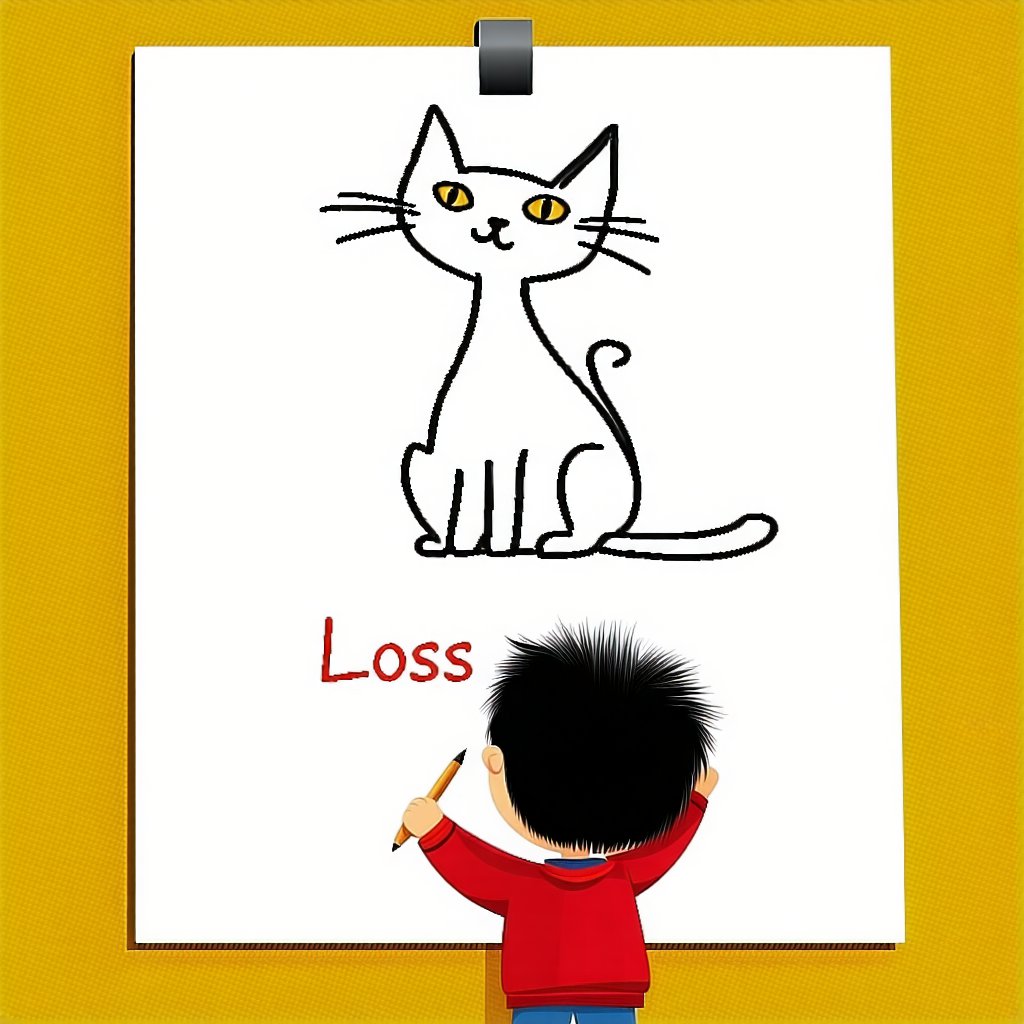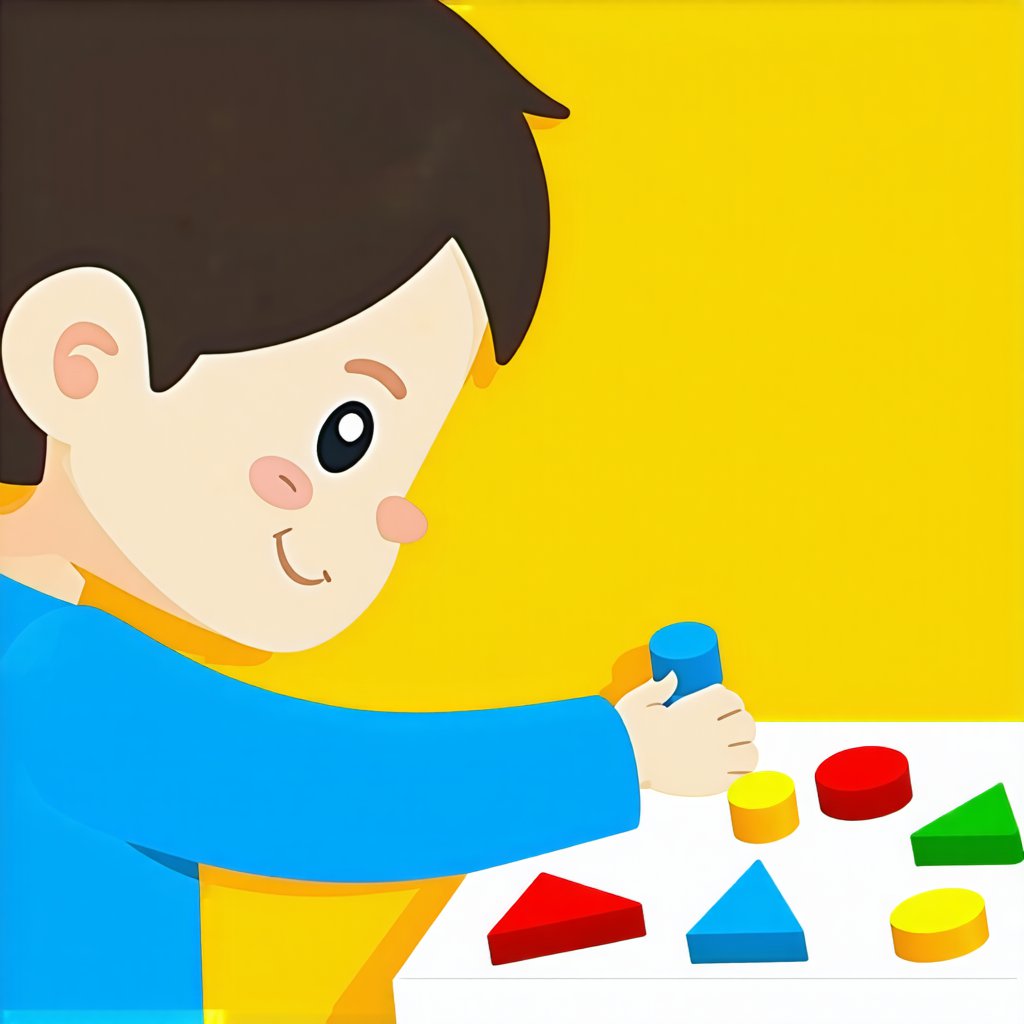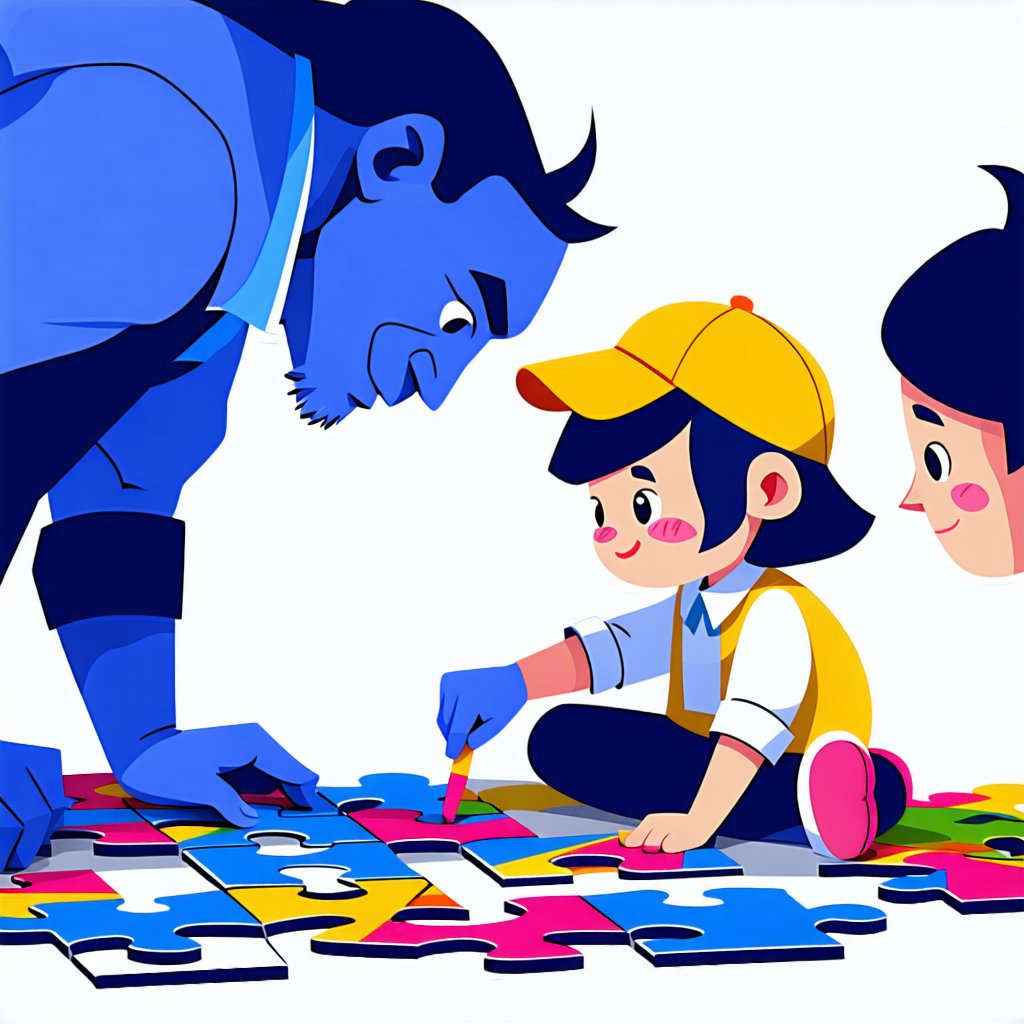loss
Loss is like when you’re learning to draw a picture of a cat. You have a picture in your mind of what you want it to look like, but when you draw it, sometimes the ears are too big or the tail is too short. The difference between your drawing and the picture in your mind is like the ‘loss’. It’s the part that isn’t quite right yet. Loss helps us know how much more we need to practice to make our drawing look just like the picture in our mind. Imagine you’re playing a game where you have to match shapes. You have a box of shapes and a board with holes. Each time you try to fit a shape into a hole and it doesn’t fit, that’s like loss. It tells you that you need to try again or try a different shape. The more you play, the better you get at matching the shapes, and the loss gets smaller because you make fewer mistakes.
Imagine you’re playing a game where you have to match shapes. You have a box of shapes and a board with holes. Each time you try to fit a shape into a hole and it doesn’t fit, that’s like loss. It tells you that you need to try again or try a different shape. The more you play, the better you get at matching the shapes, and the loss gets smaller because you make fewer mistakes. Think of loss like a teacher. When you try to solve a puzzle and get it wrong, the loss is the teacher telling you, ‘Oops, that piece doesn’t go there.’ It’s not bad; it’s helpful because it shows you what you need to fix. As you keep trying and learning, the loss becomes smaller, meaning you’re getting closer to solving the puzzle just right.
Think of loss like a teacher. When you try to solve a puzzle and get it wrong, the loss is the teacher telling you, ‘Oops, that piece doesn’t go there.’ It’s not bad; it’s helpful because it shows you what you need to fix. As you keep trying and learning, the loss becomes smaller, meaning you’re getting closer to solving the puzzle just right.